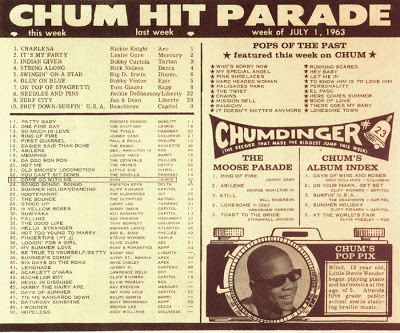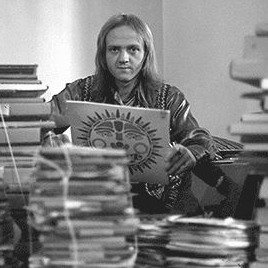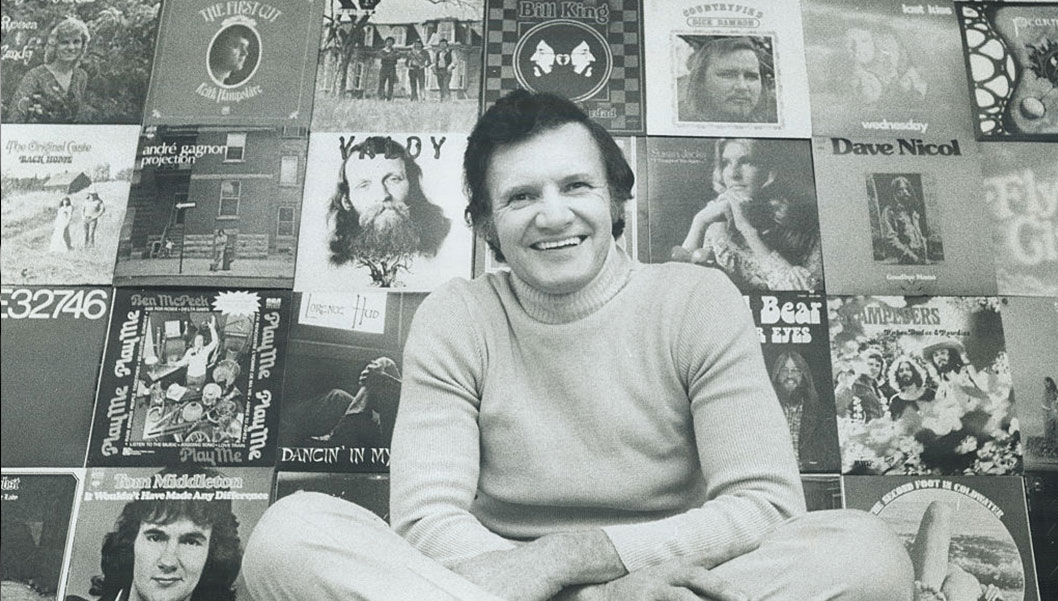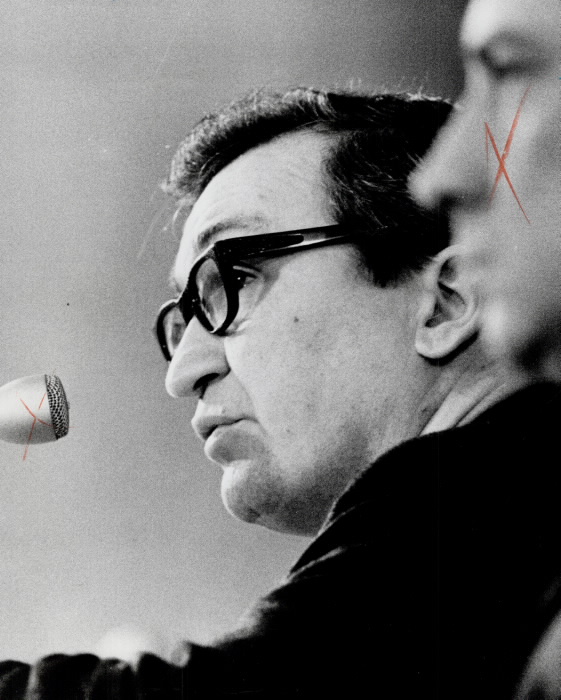
It was a Friday afternoon ritual. In the mid-1960s, when everybody’s definition of “hip” was knowing which rock ’n’ roll songs were the best in the land, we all raced downtown after school. We disembarked from the relatively new Yonge Street subway line at St. Clair and ran a block south to the window adjacent the front door at 1050 CHUM Radio. There, we each grabbed our own personal copy of CHUM’s Weekly Hit Parade.
“Who’s tops on the CHUM Chart this week?” was the first question blurted out. “The Beatles? Leslie Gore? Bobby Vinton? Jan and Dean?”
Then, for nostalgia purposes we checked out the “Pops of the Past” list and the “Chumdinger: The Record that made the Biggest Jump of the Week” and “CHUM’s Pop Pix,” a photo of say “Little Stevie Wonder” and a 20-word biography (just in case anybody asked us and we needed to know). CHUM Radio was the powerhouse of popular music in these parts then.
Whatever its disc jockeys chose to play, as dutiful teenaged consumers we listened to it and bought it. In the mid-1960s, Bob McAdorey ran CHUM’s music programming pretty much like a dictatorship.
“If CHUM was playing the record, a group could sing God Save the Queen, and the kids would buy it,” he told a Toronto newspaper in 1966.
That Friday afternoon, the CHUM Chart left the 1050 Radio building in Toronto. And by Saturday morning, teenagers all across Ontario had gobbled up its contents and were lined up at record stores to buy their own copies of She Loves You, It’s My Party, Blue on Blue or Surf City.

But as you can see, most of the Top 30 hits, our favourite recordings and artists were almost exclusively American. And most of our DJs and radio stations played them incessantly.
As pop columnist Ritchie Yorke wrote in his book Axes, Chops & Hot Licks, “the Americans could not have secured more thorough domination of the Canadian record market, if they had deliberately planned it.”
And that’s the way it would have stayed, if not for the efforts of several Canadians who envisioned a larger role for Canadian pop performers, recording studios, labels, distributors, promoters and broadcasters. When the 50th Juno Awards are celebrated this Sunday on CBC TV, watch to see if any of them is acknowledged for nurturing the Canadian music industry that thrives today.

One of Canadian music’s midwives was Walt Grealis, a former Toronto police officer. In the mid-1960s, he took several jobs at Canadian branch offices of American recording companies. Then in February 1964 he launched RPM, Canada’s first music trade magazine. Most of the industry – recording studios, distribution companies and broadcasters – ignored him, or worse, told him to get lost, especially when he started plugging Canadian artists.
“If they all had decided to push Canadian talent,” Grealis told Yorke, “we could have had a domestic music industry almost overnight.”

Enter a civil servant, the former chair of the National Film Board, Pierre Juneau. In 1968, the newly elected government of Pierre Trudeau created the Canadian Radio & Television Commission (CRTC) and gave Juneau, as its chair, a mandate to develop a broadcasting environment that promoted Canadian culture, including a homegrown music industry. Juneau read everything Walt Grealis’s RPM magazine published, including a 10-part analysis of Canadian radio.
“We have failed to provide ourselves with a cultural background distinct to our people,” RPM criticized. It demanded homegrown cultural industries be cultivated in Canada.
On Jan. 18, 1971, Juneau introduced Canadian Content regulations. The CanCon rules required AM radio stations to give no less than 30 per cent air play to Canadian artists from 6 a.m. to midnight each day. The result, of course, was a veritable boom in Canadian music production and the flourishing of such Canadian artists as Ann Murray, Lighthouse, Blood Sweat and Tears, Bruce Cockburn, The Guess Who, Edward Bear, Gordon Lightfoot, Leonard Cohen, Ian and Sylvia and Crowbar, to name a few.
That same year, 1971 the Juno Awards (named in Pierre Juneau’s honour) were handed out at the St. Lawrence Centre in Toronto.
“From an industry that has barely begun to burgeon,” wrote Marci McDonald in the Toronto Star, “(the Junos) was a ceremony that made all those interminable glory shows, the Grammys and the Oscars … look like amateur night at the high school gym.”
Initially the private radio industry protested having to play 30 per cent Canadian content, until they realized teenagers in this country were just as loyal to professionally performed, produced, promoted and marketed popular Canadian content, as they were to American. Half a century later, the CHUM Chart is gone, but not that loyalty to Canadian pop music. Just watch Sunday night.
Good day,
I just finished reading ‘Rush to Danger’ and want to thank you for writing it.
My father was in the Canadian Army medical corps, went from England (where he met my mother who became a ‘war bride’) across to France and on from there into Belgium and beyond.
The reason for the ‘beyond’ is that he suffered a lot from the experience – the violence, dealing with such awful injuries, picking up suffering men from the places where the fighting had occurred and would not describe the experience. So I don’t really know where all he was. He very seldom spoke of the experience and for the first 15 years or more after coming home at least 2 or 3 sessions at the ‘military’ hospital in Edmonton.
So, I appreciated very much your account of what many others experienced.
The present generation would benefit greatly from reading your book and getting some understanding of what others went through to support freedom for so many, not only in Europe, but elsewhere also.
So, Thank you. David Warnock.